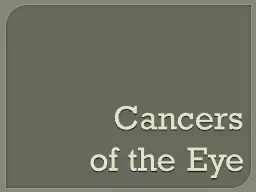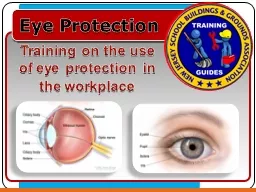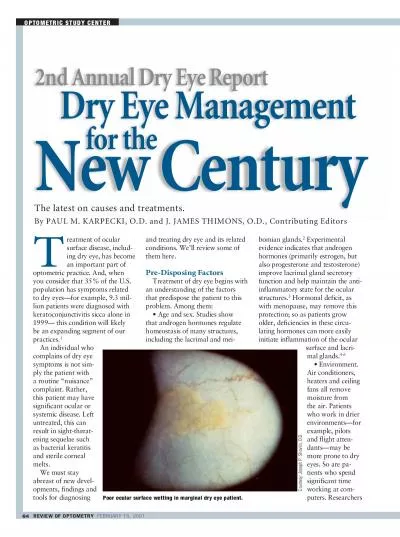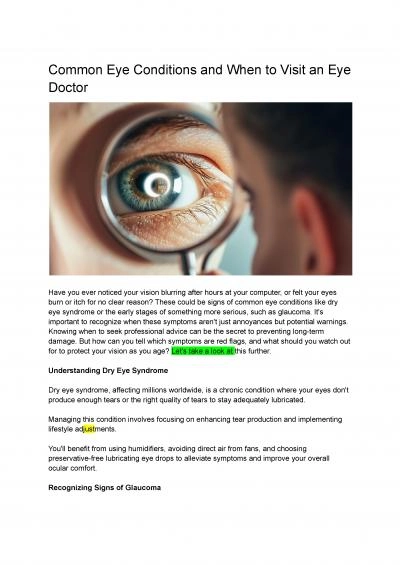PPT-Cancers of the Eye
Author : sherrill-nordquist | Published Date : 2019-12-07
Cancers of the Eye LA 2 a Group Report Vicki Brady April Marchbanks Sally Miller Rexann Johnson Cancers of the Eye Intraocular or Uveal Melanoma common eye cancer
Presentation Embed Code
Download Presentation
Download Presentation The PPT/PDF document "Cancers of the Eye" is the property of its rightful owner. Permission is granted to download and print the materials on this website for personal, non-commercial use only, and to display it on your personal computer provided you do not modify the materials and that you retain all copyright notices contained in the materials. By downloading content from our website, you accept the terms of this agreement.
Cancers of the Eye: Transcript
Download Rules Of Document
"Cancers of the Eye"The content belongs to its owner. You may download and print it for personal use, without modification, and keep all copyright notices. By downloading, you agree to these terms.
Related Documents














